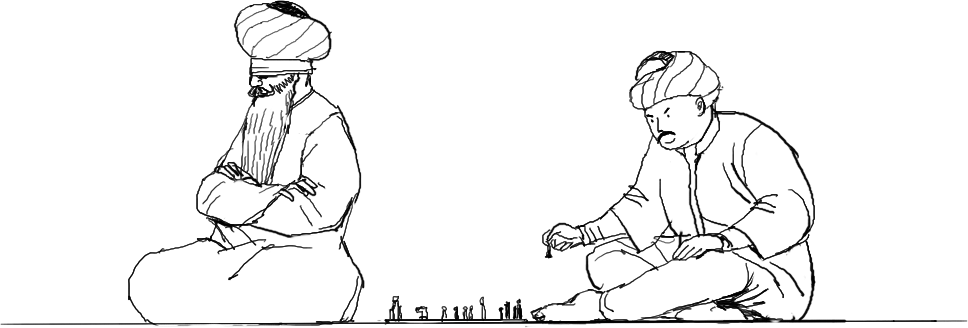As you begin to collect, sort, and organize information it can quickly become overwhelming. How do you keep track of it all? In archeology, an artifact is anything made or shaped by a human hand—especially when it has archaeological or historical interest. In knowledge work, an artifact is any tangible, portable object that holds information. An artifact can be anything from a piece of paper to a sticky note or index card. Artifacts make it easier to keep track of information by making it a part of the environment.
The pieces in any game, such as cards, counters, and dice, are artifacts. When you do something as simple as moving salt- and peppershakers on a tabletop to tell a story, you are transforming them into knowledge artifacts for the sake of your tale.
The importance of these artifacts as an aid to thinking can easily be illustrated if you imagine yourself playing a game of chess while blindfolded. It's possible to hold the positions of all the pieces in your mind's eye for a time—and most chess masters can do it for an entire game—but it's much easier to have the pieces displayed on a board in front of you. The shape and color of each piece, and its position relative to the board and to the other pieces, contains a rich set of information that can help you make better decisions about the game.
Artifacts are carriers of meaning; just like chess pieces on a board, they make knowledge or information explicit, tangible, portable, and persistent. When you write an idea on a sticky note you are creating an information artifact. When you have created many such artifacts, they can become more or less useful depending on how you distribute them in your environment. The more information you can store in material objects or the environment, the more your players' minds are free to engage with the situation at hand.

